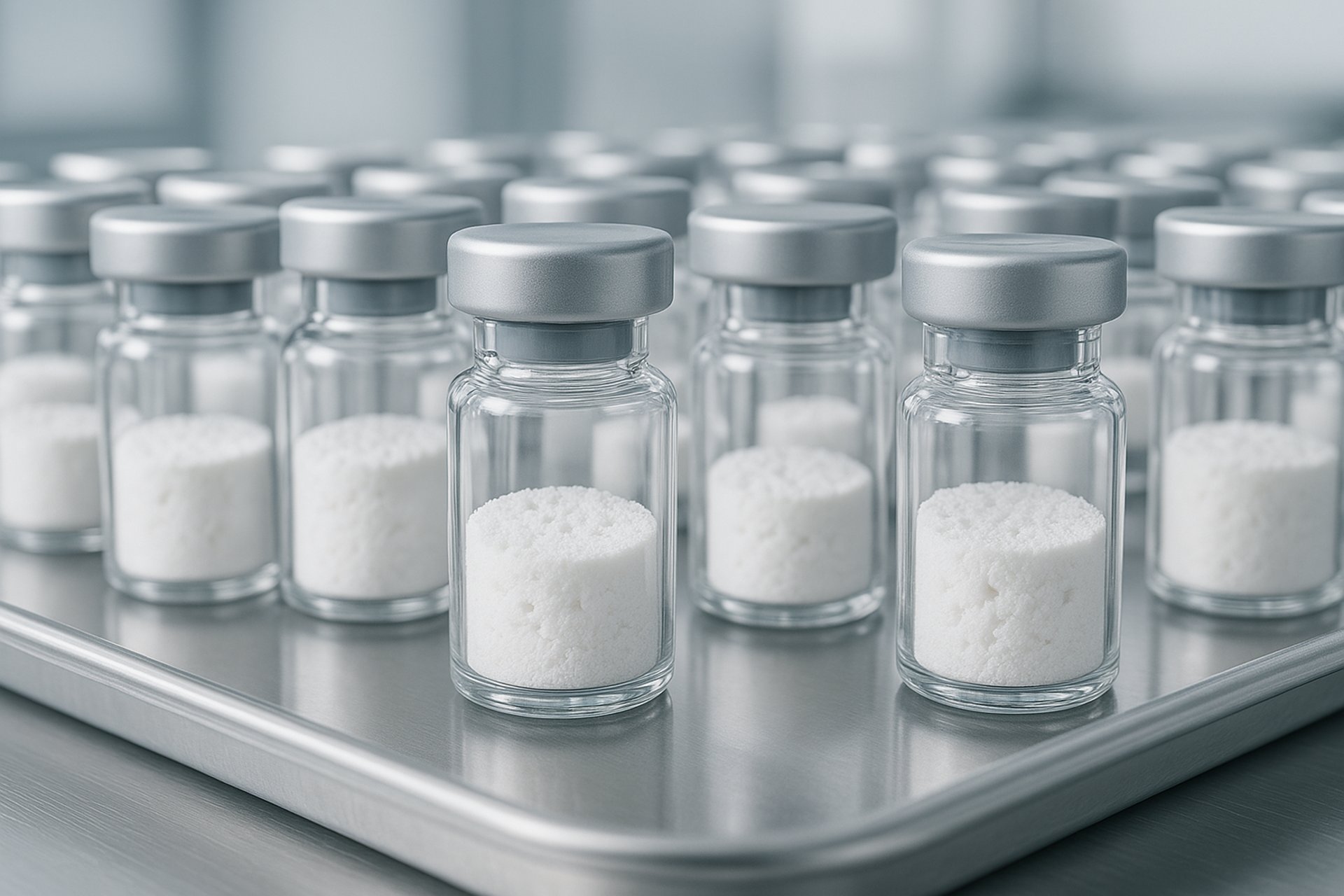
Unpacking Lyophilization: A Must-Know for Modern Injectable Drugs
BLOGS
In the world of pharmaceuticals, getting complex medicines to patients safely and effectively often hinges on stability. Many modern drugs, especially biological therapies like proteins, are unstable in liquid form, posing a significant challenge for storage and shelf-life. Enter lyophilization, or freeze-drying – a cornerstone technology used to create stable, powdered forms of injectable medications.
A recent comprehensive review article by Samarth Kumar and colleagues in the Journal of Drug Delivery Science and Technology delves into the critical aspects of this process from both industry and regulatory viewpoints. This post summarizes some of the key takeaways highlighted in their work.
What is Lyophilization and Why is it Important?
Lyophilization isn't just simple drying. It's a sophisticated process involving three main stages:
Freezing: The liquid drug formulation is carefully frozen.
Primary Drying (Sublimation): Under vacuum, the ice crystals are turned directly into vapor without melting.
Secondary Drying: Residual unfrozen water is removed.
The result? A dry powder ("cake") that is significantly more stable than the original liquid, ready to be reconstituted (dissolved) just before injection. According to the review, this technique is vital – used in roughly 50% of FDA/EMA-approved biopharmaceuticals and over 30% of approved parenteral drugs overall.
Key Considerations Highlighted in the Review:
Formulation is Foundational: Choosing the right "recipe" is critical. Excipients (inactive ingredients like sugars or polymers) are added not just as fillers, but to protect the active drug during freezing and drying, ensure the final cake looks good, maintains its structure, and guarantees stability over time.
Process Optimization is Non-Negotiable: Getting the lyophilization cycle right (temperatures, pressures, durations) is crucial. Poor optimization can lead to long, costly cycles or damaged products. Techniques like Differential Scanning Calorimetry (DSC) help determine critical temperatures (like the glass transition temperature, Tg) below which drying must occur to prevent product collapse.
Quality by Design (QbD) Principles: The authors emphasize using QbD approaches. This involves understanding risks, designing experiments (DoE), and defining critical process parameters to build robust, reliable, and reproducible lyophilization cycles, minimizing batch-to-batch variability.
Manufacturing & Scale-Up Hurdles: Transferring a process developed in a small lab dryer to large-scale commercial equipment isn't straightforward. Differences in equipment design and capabilities must be understood and accounted for through careful scale-up studies.
Potential Product Defects: Issues like cake collapse, shrinkage, meltback, or even vial breakage can occur. The review notes the importance of understanding the causes (e.g., drying too warm) and implementing solutions, often identified during visual inspection.
Regulatory Scrutiny: Regulatory bodies like the FDA have specific guidance (e.g., ICH Q8(R2), specific inspection guides) for lyophilized products covering validation, equipment, stability testing, and more. Compliance is mandatory for market approval.
Characterization is Key: Various analytical techniques are used before, during, and after lyophilization to assess the product's physical and chemical properties, ensuring quality.
In Conclusion
Lyophilization is an indispensable technology for delivering many essential injectable medicines. As highlighted by Kumar et al., successfully developing and manufacturing these products requires a deep understanding of formulation science, process engineering, quality control, scale-up challenges, and regulatory expectations. While complex, mastering lyophilization ensures that sensitive drugs remain stable and effective from production to patient.
Source & Further Reading:
The information presented in this summary is based on the following review article. For a comprehensive understanding, please refer to the original publication:
Kumar, S., Sanap, S. N., Vasoya, M., Handa, M., Pandey, P., Khopade, A., & Sawant, K. K. (2024). Application of lyophilization in pharmaceutical injectable formulations: An industry and regulatory perspective. Journal of Drug Delivery Science and Technology, Volume 87, 106089. https://doi.org/10.1016/j.jddst.2024.106089
